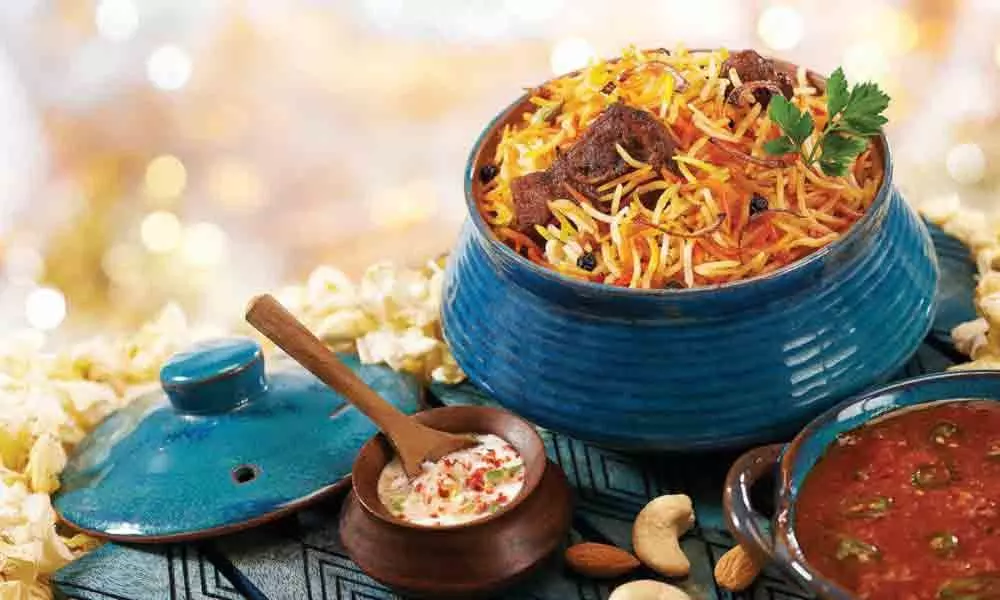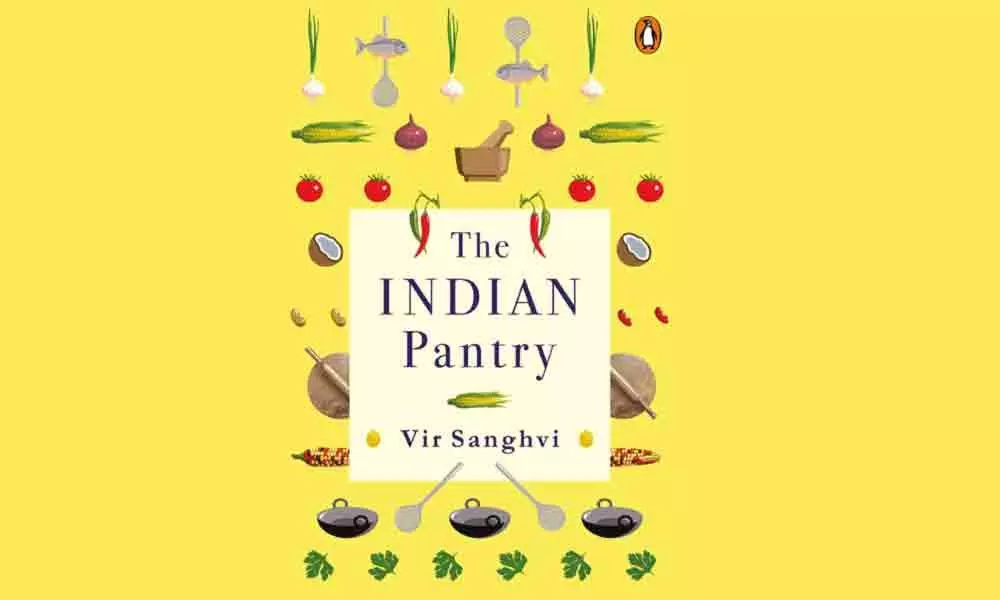Biryani as birthright
From food columnist and star journalist, Vir Sanghvi comes with a collection of insightful, witty and myth-busting pieces about the ingredients in our kitchen. In an extract from a recent book, he talks about different types of biryanis in the country and the future of this dish…
Every Indian knows that dal is not a single dish.
Yes, it is always made from lentils but that is about all the various dais of India have in common. A person with no experience of Indian cuisine would—if he was simultaneously served the black dal of the Punjab, the sambhar of Udupi and the chholar dal of Bengal—not immediately realize that all three were lentil preparations of the same general category.
But, even though we accept that dal is the name we give to a family of dishes, rather than a single dish, we have difficulty in arriving at the same conclusion when it comes to the biryani. In our minds, we still think of biryani as being a single dish.
Few Indian menus would ever describe a dish as 'dal'. We would usually feel the need to add a descriptor of some sort: `mah ki dal' or `Chholar dal' or of course, sambhar, because we know that these are entirely different dishes. (And rajma would not even be described as a dal.) Even when two dals are made from the same lentil—say sambhar and the classic Gujarati dal, both of which use tuvair—we recognize that they are different dishes and describe them as such.
In the case of biryani, however, no such distinctions are made. The most you'll get is a description of the meat used for the dish (chicken biryani or mutton biryani, etc.) and just perhaps, some meaningless descriptor (nawabi biryani).
And yet, as most of us intuitively recognize, biryani a family of dishes as dal. Yes, all biryani should have rice (just as dals use lentils), but once you get beyond that basic criterion, the situation becomes immensely complicated. Even in north India, the biryani of Delhi is totally different from the biryani of Bhopal, from the biryani of UP (assuming that there is such a thing—the biryanis of Lucknow and Rampur are of different styles).
Outside of north India, the divergences increase. Of the famous restaurant biryanis, the Hyderabad one (especially the Kacha biryani) is the south Indian version that usually makes it to menus in the rest of India. But even within Hyderabad, you will find an Andhra-style biryani which is a spicy, more robust, food-of-the-common-people dish than the courtly and elegant Hyderabadi biryani.
There are many other classic south Indian biryanis, some made with local varieties of rice, not the long-grained basmati-style rice of court biryanis. The delicious biryani of Calicut (Kozhikode) has as much in common with a Lucknawi biryani as an appam has with a butter naan. In eastern India, the biryani of Kolkata (often made with potatoes to save on adding more meat) is justly famous at local restaurants but largely unknown outside that city. The pilaus of Assam have an entirely different character.
The general rule of thumb is that wherever in the subcontinent you find a Muslim community, you will find a local biryani. And just as the Muslims of Kerala have little (except religion) in common with the Muslims of Kashmir, so too are their cuisines entirely distinct. I have tried to find the history of biryani (something of a personal obsession, as regular readers of Rude Food and viewers of my TLC show will know) but, as I have often said there is no authentic or convincing explanation of how the pilaus of Central Asia were transformed into the subcontinent's biryanis. Nor has anyone been able to explain exactly how to distinguish a biryani from a pilau (I don't think there is always a dividing line). And it is still not clear to me how every Muslim community in every corner of India makes its own biryani. (Could this be because of religious feasting? Possibly, but I have yet to find somebody who is certain.)
My worry, these days, is that the regional biryanis will slowly die out.
Already, the vast majority if restaurants are graduating to a bland biryani of no specific origin. The upmarket restaurant version, here and at Indian restaurants abroad, complete with dough-purdah and lots of wisdom about dum-cooking, is essentially a rip-off of a recipe perfected by ITC in the 1980s. And while the ITC Dum Pukht biryani is still better than its many imitations are, it is an entirely modern creation, invented in the kitchens of the Maurya by combining some of the techniques of Lucknow biryani with some of the flavours of Hyderabad. As an example of modern Indian cooking, the ITC biryani deserves our respect. But as an example of regional cuisine, it is not very convincing.
I was reminded of al this some time back, ironically at an ITC hotel. When the chain opened its Grand Central hotel in Mumbai's Parel area some years ago, it packed the menus with Mumbai dishes. Manu of these have neem subsequently dropped but I was impressed to see that, on its room-service menu, it did not just offer the famous Dum Pukht biryani but served a Bohra biryani too. Out of curiosity, more than anything else, I ordered it. To my surprise, it was absolutely outstanding. The next time takeaway for me to carry it to Delhi. And a week later, the excellence of the biryani was a key factor in making me choose to stay at the Grand Central again.











